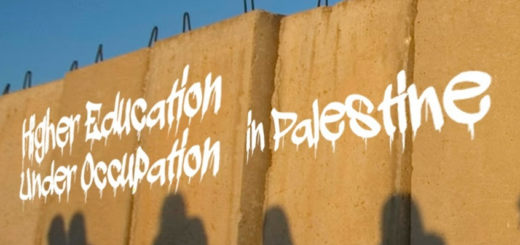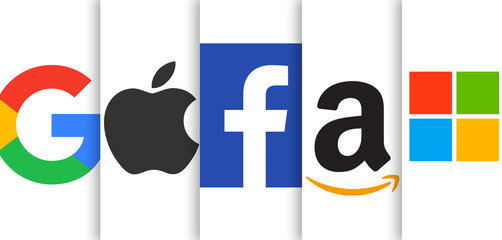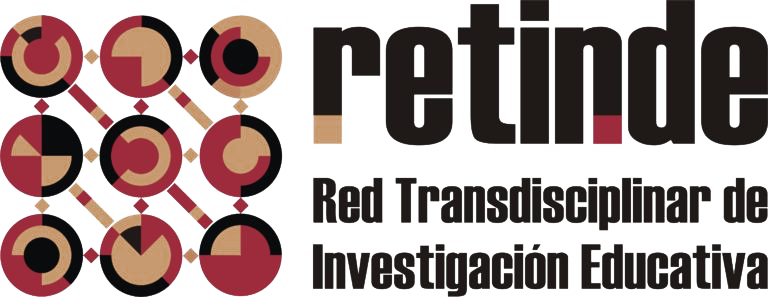«Futures Studies» in Education. A multidisciplinary method for prospective studies in Educational Technology

Image by creativeart on Freepik
«Futures Literacy» is a concept that has become particularly relevant in recent years, although it does not yet have a completely clear definition (Karlsen, 2021). It involves the ability to imagine and shape the future, i.e. how the future influences your perception and actions, learning to apply strategies to build resilience and opportunities for our futures. This capacity has been recognised as an important skill for education today, which can enhance the exploration of new ways of engaging with what is happening in the world (Menéndez-Alvarez-Hevia et al., 2022). But it is cautioned that this kind of study of futures literacy in education must be approached from pluralistic visions and be open to a diversity of perspectives, exploring and challenging those entrenched views of how we might approach literacy through diverse ways of conceiving potential futures (Gladwin et al., 2022). Let us not lose sight of the fact that, for example, in the field of EdTech, the future is often designed by technology multinationals, together with international organisations with influence on public administrations (e.g. OECD) who then develop education policy. Rarely are education professionals themselves allowed to design their own digital future.
From Educational Technology, «Futures Studies» provides us with a method to anticipate the ethical, social and economic challenges that may arise in this new educational landscape and to design policies and practices that promote equity and inclusion in an increasingly digital world. «Futures Literacy», analysed from this field of knowledge, can contribute to the development of methodologies, narratives and posthumanist ontologies in educational contexts that truly challenge the barrier of the formal. From this point of view, Educational Technology offers us a broad perspective to analyse research trends, address the challenges and opportunities generated by changing technologies and educational environments, and create a generative and interdisciplinary space to transform concepts and practices.
There are multiple methods and research strategies in «Futures Studies» that we can apply to the field of Educational Technology, depending on the focus of the study. The three methods that we see as the most grounded for this field of knowledge, at this point in time, could be:
- a) Visualisation workshop. The visualisation workshop is a tool that can be used to help people better understand their role in creating their future. This technique was originally developed by the European futurist, Robert Jungk, with the aim of helping people and organisations to become aware of their potential in the creation of our personal and common future. It is developed in four phases (Cingel Bodinet, 2016), starting with a preparation phase that serves to clarify the organisation and objectives of the work. A second critical phase in which participants are asked to identify and investigate the main problem, researching, analysing and thoroughly understanding various aspects of it. The third is the fantasy phase, in which preferred future images are created. It ends with a fourth phase of implementation, in which participants are asked to write a detailed action plan for the immediate and distant future that will help them achieve their preferred imagined futures.
- b) Narratives or social science fiction. Narrative plays a fundamental role in Futures Studies (FSs), as stories have the power to transform science and ultimately shape the future (Fernández-Peñuelas, 2022). Social science fiction is the best example in the social imaginary of «Futures Studies»; not to predict, but to anticipate. It is a type of «non-factual» narrative that can be adopted as a valuable mode of thinking for the social scientist (Gerlach and Hamilton, 2003). Its usefulness lies in its ability to explore the present and shape our perceptions of the future, and goes beyond the anticipation of seemingly implausible technologies, contributing to scenario planning in «Futures Studies» and facilitating the contextualisation of technological prototypes.
- c) Designing Future Scenarios. In this method, the study of futures is supported by the discipline of «Design Thinking», for the construction of possible future scenarios. Design Thinking (DT) is a method that uses the way designers work to create products and services adapted to the needs of users (Brown, 2008), as it aims to solve problems for which there may be multiple solutions, through an analytical and creative process that generates innovative ideas (Razzouk & Shute, 2012). Therefore, DT is a very important process of exploration and creative strategy when designing or prototyping future scenarios. An example of the implementation of Design Thinking in «Futures Studies» is the DEFLEXOR method, which stems from a series of challenges, divided into four phases (Manetti et al., 2022). The first phase develops the «briefing approach» which involves questions such as «why…» «and if…», which will help to understand and empathise with the topic and build the team. The second phase is information gathering and analysis using forecasting tools. The third phase is parallel and divergent thinking. The last phase consists of scenario visualisation and prototyping, as well as data validation and selection.
The relationship between «Futures Studies», Education and Educational Technology can be conceived as an interconnected «node» aimed at educational transformation and innovation, where anticipation and critical reflection are fundamental to pedagogical planning and transformation. This synergy opens up a horizon of possibilities in which education continuously adapts and enriches itself by exploring diverse futures, where technology will play a crucial role in the formation of a competent citizenry, to address tomorrow’s challenges in a more proactive way.
References
Brown, T. (2008). Design Thinking. Harvard Business Review, Junio, 84-92.
Cingel Bodinet, J. (2016). Pedagogies of the futures: Shifting the educational paradigms. European Journal of Futures Research, 4(1), 21. https://doi.org/10.1007/s40309-016-0106-0
Fernández-Peñuelas, I. (2022, abril 6). Las narrativas de la ciencia ficción y los estudios del futuro. OpenMind BBVA. https://www.bbvaopenmind.com/tecnologia/futuro/narrativas-ciencia-ficcion-estudios-del-futuro/
Gerlach, Neil, and Sheryl N. Hamilton. 2003. Introduction: A History of Social Science Fiction. Science Fiction Studies, 30 (2), 161–73. http://www.jstor.org/stable/4241163
Gladwin, D., Horst, R., James, K., & Sameshima, P. (2022). Imagining Futures Literacies: A Collaborative Practice. Journal of Higher Education Theory and Practice, 22(7). https://doi.org/10.33423/jhetp.v22i7.5268
Karlsen, J.E. (2021). Futures literacy in the loop. European Journal of Futures Research, 9(17). https://doi.org/10.1186/s40309-021-00187-y
Kupferman, D. W. (2022). Educational Futures and Postdigital Science. Postdigital Science and Education, 4(2), 216-223. https://doi.org/10.1007/s42438-021-00236-6
Manetti, A., Lara-Navarra, P., & Sánchez-Navarro, J. (2022). Design process for the generation of future education scenarios. Comunicar, 30(73), 33-44. https://doi.org/10.3916/C73-2022-03
Menéndez-Alvarez-Hevia, D., Urbina-Ramírez, S., Forteza-Forteza, D., & Rodríguez-Martín, A. (2022). Contributions of futures studies to education: A systematic review. Comunicar, 30(73), 9-20. https://doi.org/10.3916/C73-2022-01
Miller, R., Poli, R., & Rossel, P. (2018). The discipline of anticipation foundations for futures literacy. In R. Miller (Ed.), Transforming the future: Anticipation in the 21st century (pp. 51-65). Routledge. https://doi.org/10.4324/9781351048002
Miller, R., & Sandford, R. (2018). Futures literacy: The capacity to diversify conscious human anticipation. In R. Poli (Ed.), Handbook of anticipation. Theoretical and applied aspects of the use of future in decision making (pp. 1-20). Springer. https://doi.org/10.1007/978-3-319-31737-3_77-1
Razzouk, R., & Shute, V. (2012). What Is Design Thinking and Why Is It Important? Review of Educational Research, 82(3), 330-384. https://doi.org/10.3102/0034654312457429

Image by creativeart on Freepik
Authors:
María Rosa Fernández-Sánchez, María José Sosa-Díaz & Jesús Valverde-Berrocoso
Research Group «Nodo Educativo»
Universidad de Extremadura (Spain)






